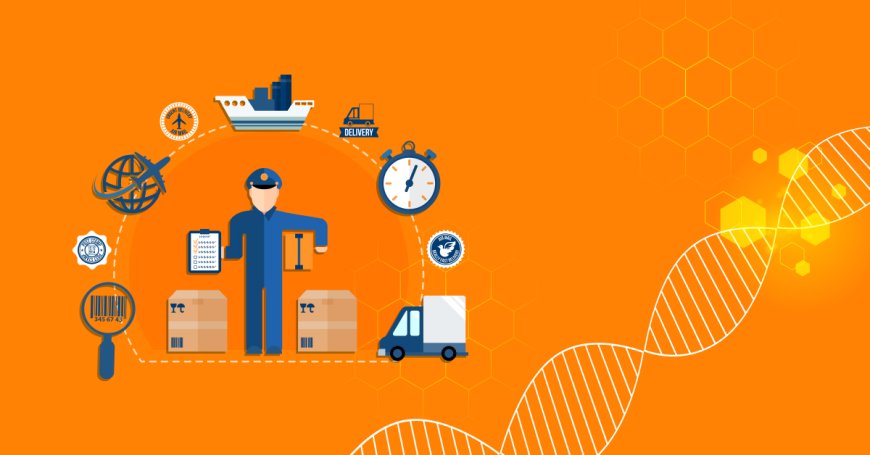The Essentials of IVF Cryo Shipping: How It Works and Why It’s Important
Learn about the process and benefits of IVF cryo shipping, from the secure preparation of biological samples to receiving protocols at clinics worldwide for fertility treatments.

With the growing demand for fertility treatments worldwide, IVF cryo shipping has become a crucial service in the reproductive health industry. This process involves the secure transportation of frozen biological samples, such as eggs, sperm, and embryos, from one fertility clinic to another. IVF cryo shipping allows patients greater flexibility, enabling them to access treatments at the clinic of their choice, even if it’s across the globe. This article explores the key components of IVF cryo shipping, including why it’s essential, the types of samples shipped, the preparation and handling process, and the role it plays in modern fertility treatments.
Why IVF Cryo Shipping is Essential
IVF cryo shipping addresses the unique needs of patients seeking fertility treatments by offering reliable and safe ways to transfer reproductive samples over long distances. For individuals or couples undergoing fertility treatments, there may be personal or medical reasons to use a specific clinic, even if it’s far from where the samples are stored. With IVF cryo shipping, intended parents, donors, and recipients have greater access to high-quality care and advanced treatments. This flexibility also helps fertility clinics and medical institutions collaborate, offering a wider range of resources to patients regardless of geographical limitations.
Types of Biological Samples for IVF Cryo Shipping
During IVF cryo shipping, three main types of biological samples are commonly transported:
- Eggs (Oocytes): Eggs are often cryopreserved and transported to clinics for fertilization or future use. This approach offers women the ability to preserve fertility and delay childbearing.
- Sperm: Frozen sperm samples can be sent to a specific IVF clinic for various procedures, including insemination or in vitro fertilization. They may also be shipped between sperm banks and medical facilities.
- Embryos: Embryos are created by fertilizing eggs with sperm in a lab setting. Once fertilized, embryos are cryopreserved and shipped when needed for implantation. Embryo shipping gives couples or individuals a convenient way to store and transport their future family plans.
How to Prepare Samples for IVF Cryo Shipping
The proper preparation of biological samples is critical to the success of IVF cryo shipping. Here’s a breakdown of the key steps involved:
- Cryopreservation Process: Samples go through a controlled freezing process to prevent cellular damage. This is done using cryoprotective agents and liquid nitrogen, which ensures that the cells remain intact during transit.
- Secure Packaging: Biological samples are placed in highly insulated shipping containers, often dry shippers that use nitrogen vapor to maintain a stable temperature of -196°C throughout the journey.
- Documentation and Labeling: Each container is meticulously labeled and documented with patient information, type of sample, and tracking details to prevent any mix-ups and ensure a seamless chain of custody.
Careful preparation minimizes the risk of damage or thawing, which could compromise the integrity and viability of the samples.
Handling and Receiving Samples at the Destination
Once the samples reach their destination, the receiving team follows specific protocols to ensure the samples remain viable for intended fertility treatments. Here’s an overview of the key steps:
- Verification of Temperature: Most cryo shipping containers have temperature monitors that record the conditions inside the container. On arrival, clinic staff verify that samples were stored within the required range throughout transport.
- Inspection of Packaging and Documentation: The receiving team checks the outer packaging and verifies all documentation, ensuring it matches the shipment’s contents.
- Transfer to Long-Term Storage: If the samples meet all requirements, they are moved to secure storage tanks for preservation until the patient is ready to begin the next phase of treatment.
These handling protocols are essential to prevent any potential risks, ensuring that the samples remain suitable for use in IVF procedures.
The Future of IVF Cryo Shipping
As reproductive medicine advances, IVF cryo shipping technology is expected to evolve, allowing for even more reliable, efficient, and widespread access to fertility treatments. Innovations in cryopreservation and temperature-controlled shipping containers may eventually extend the reach and reliability of these services, making IVF treatments even more accessible for patients worldwide.
Conclusion
IVF cryo shipping plays a vital role in making fertility treatments accessible and flexible for patients everywhere. With meticulous preparation and state-of-the-art shipping technologies, IVF cryo shipping ensures that eggs, sperm, and embryos arrive safely and in optimal condition for their intended use. As the demand for fertility services grows, so does the importance of reliable cryo shipping, giving patients the freedom to choose the best treatments for their needs and empowering fertility clinics to offer seamless, high-quality care to a global patient base.
What's Your Reaction?






















